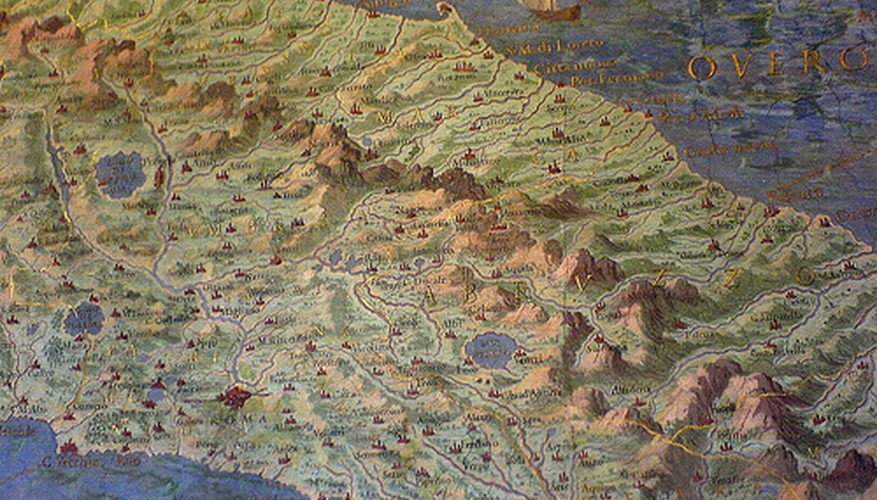
noun, plural to·pog·ra·phies.
- the detailed mapping or charting of the features of a relatively small area, district, or locality.
- the detailed description, especially by means of surveying, of particular localities, as cities, towns, or estates.
- the relief features or surface configuration of an area.
- the features, relations, or configuration of a structural entity.
- a schema of a structural entity, as of the mind, a field of study, or society, reflecting a division into distinct areas having a specific relation or a specific position relative to one another.
noun plural -phies
- the study or detailed description of the surface features of a region
- the detailed mapping of the configuration of a region
- the land forms or surface configuration of a region
- the surveying of a region’s surface features
- the study or description of the configuration of any object
early 15c., from Late Latin topographia, from Greek topographia “a description of a place,” from topographos “describing a place” (as a noun, “one who is skilled in topography”), from topos “place” (see topos) + graphein “to write” (see -graphy).
n.
- The description of the regions of the body or of a body part, especially the regions of a definite and limited area of the surface.
- The three-dimensional arrangement of physical attributes (such as shape, height, and depth) of a land surface in a place or region. Physical features that make up the topography of an area include mountains, valleys, plains, and bodies of water. Human-made features such as roads, railroads, and landfills are also often considered part of a region’s topography.
- The detailed description or drawing of the physical features of a place or region, especially in the form of contour maps.
 Liberal Dictionary English Dictionary
Liberal Dictionary English Dictionary